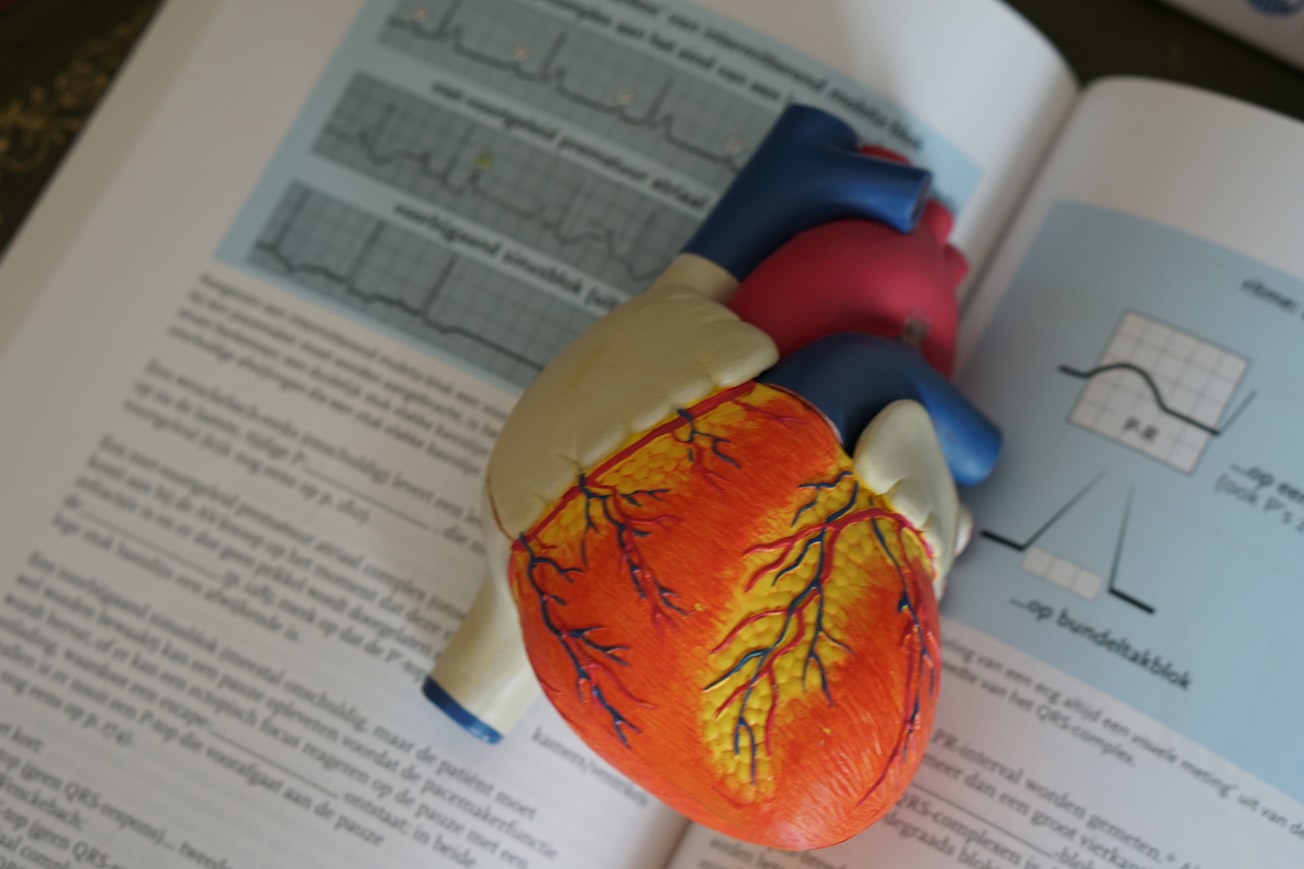What is it about?
Extended negative T waves are often found in patients with acute myocardial infarction, Takotsubo cardiomyopathy, pericarditis, and apical hypertrophic cardiomyopathy, however, differentiating these diseases are still challenging. Negative T wave locations provide the critical clue for differentiating these diseases and 18-lead electrocardiogram provides the additional clue.
Featured Image

Photo by Robina Weermeijer on Unsplash
Why is it important?
Negative T wave locations provide the critical clue for differentiating these diseases and 18-lead electrocardiogram provides the additional clue.
Perspectives
Eigheteen-lead electrocardiogram provides the additional clue about the diagnosis of Takotsubo cardiomyopathy.
Tetsuo Minamino
Read the Original
This page is a summary of: A 69-year-old woman with extended negative T wave, Emergency Medicine Journal, November 2019, BMJ,
DOI: 10.1136/emermed-2019-208715.
You can read the full text:
Contributors
The following have contributed to this page










